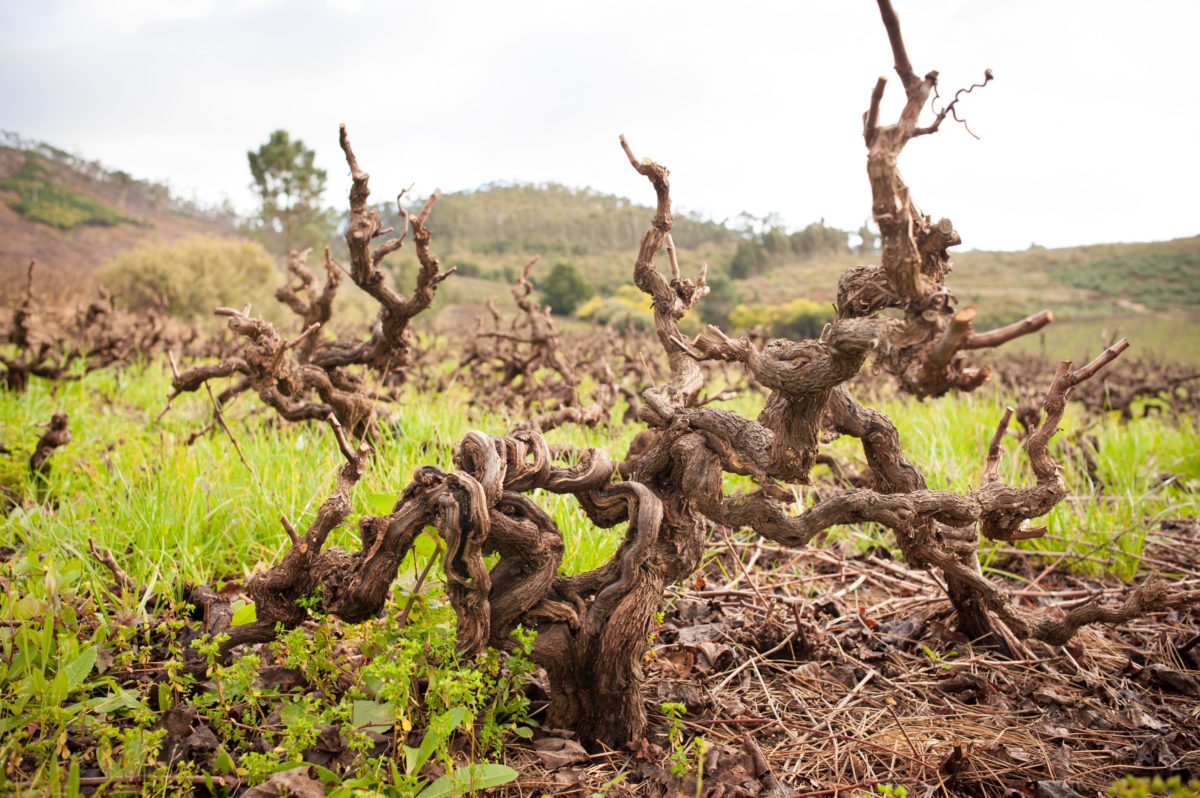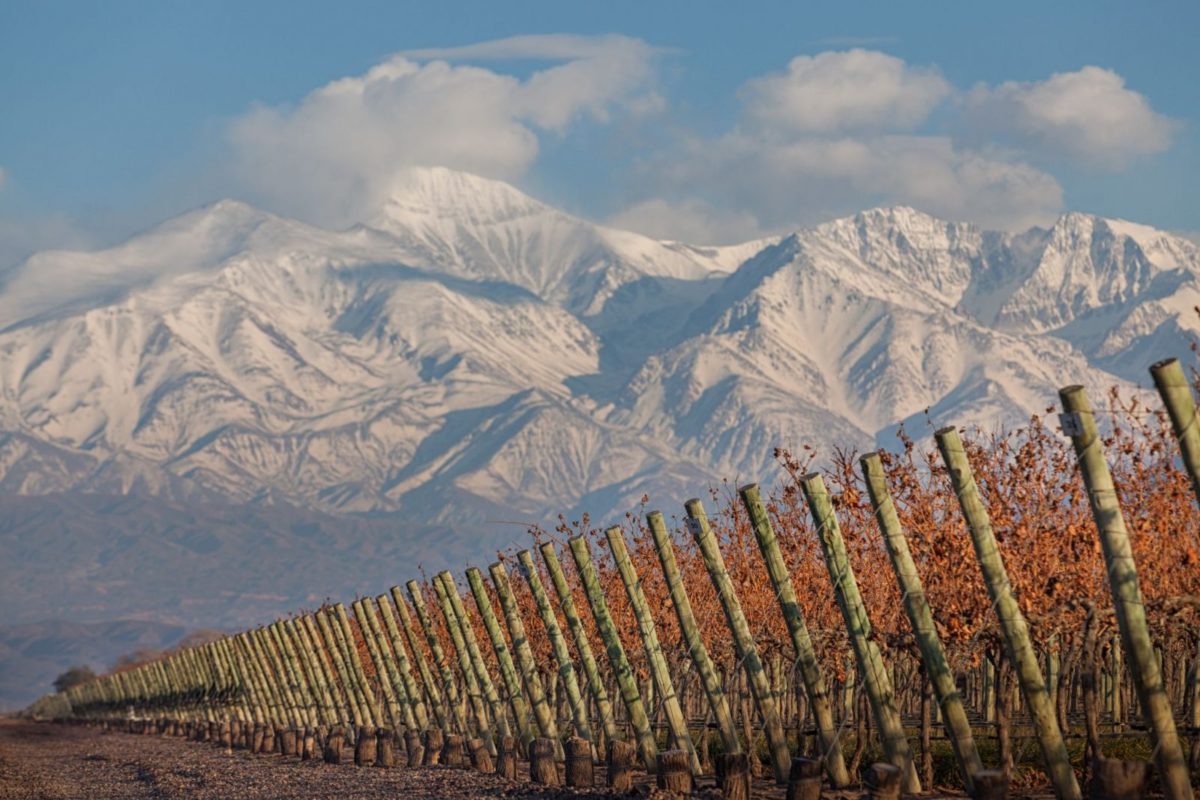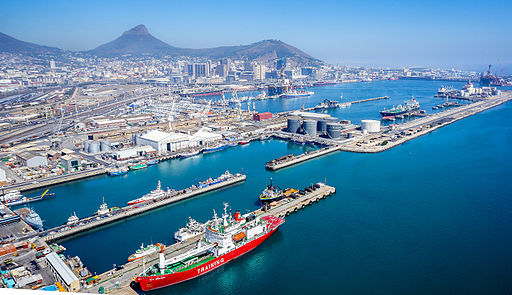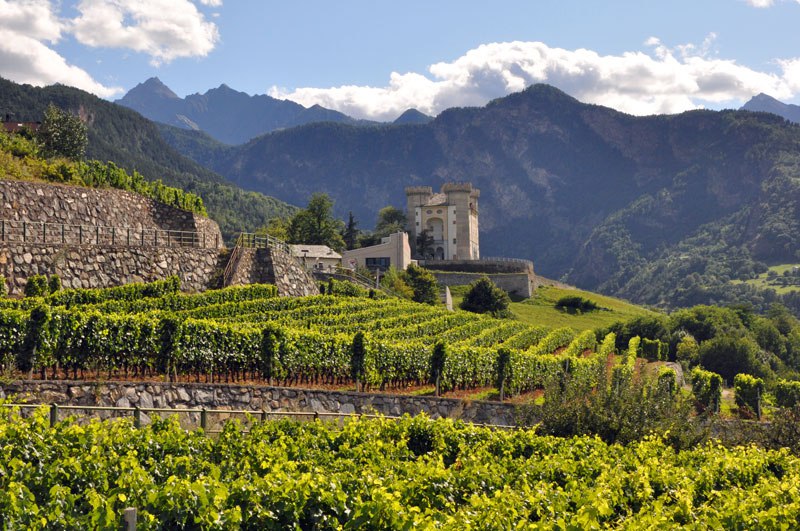Research from the University of Cape Town shows that using old vine fruit earns winemakers more money.
South Africa has finally discovered – and celebrated – its treasure trove of old vineyards. A country that typically renewed its plantings every 15 to 20 years, pretty much as soon as the yields began to decline, was an unlikely candidate to develop a culture of ancient vines.
Part of the reason for the constant renewal of vineyards lies in the history of the industry. Until the modern era, it existed primarily to supply cheap wine to the domestic market and to provide distilling grapes to the local brandy trade. Accordingly, it was planted to high yielding varieties – or at least to varieties which could be induced to increase their yields if the local market preferred quantity to quality.
There was also another reason for the frequent replacement of vineyards: the widespread incidence of leaf-roll virus. Within a few years of a vine reaching productive maturity, the vine leaves, lacking essential chlorophyll, turn russet long before the vintage. Since the vine is unable to convert sunlight into fruit ripeness, as the season advances it shows signs of stress; acidity declines in the grapes while the sugar levels remain resolutely low. Within a few years the yields drop. By the time a vineyard has reached what should be peak maturity it is economically unviable and must be replaced.
In the pre-modern era of the Cape wine industry roughly a third of the national vineyard was Chenin Blanc (putting South Africa’s share at over 50% of the world’s plantings) followed by Cinsaut. The two varieties accounted for half of all vine grapes in South Africa. With the Mandela presidency in 1994 came an extraordinary worldwide demand for Cape wine. Exports, which in 1992 had totaled a mere 21m liters – roughly 2% of total production – doubled and redoubled every year. At the end of the decade they had grown sevenfold to over 140m liters. In 2008 they crossed the 400m liter mark for the first time.
In this post-Apartheid export boom, vineyards were uprooted simply to meet the expectations of a market that wanted Cabernet and Chardonnay rather than Chenin and Cinsaut.
Rescue Plan
A number of initiatives were undertaken to save focus varieties, of which the most important was a campaign launched in the early 1990s to preserve the country’s Chenin heritage. Happily, Chenin is less susceptible to leaf-roll, so there were many older vineyards yielding reasonable quantities of often fabulous fruit. There was less success with Cinsaut: many of the older plantings fell victim to the simple demands of the international supermarket trade and were replaced with Merlot and Shiraz.
In the early 2000s Rosa Kruger, a viticulturist with a passion for the country’s viticultural heritage, began to research and create a record of the country’s oldest vines. Unsurprisingly, most were Chenin, though Grenache, Pinotage (a local crossing of Cinsaut and Pinot Noir), Semillon and Cinsaut were also present in more reduced amounts. At much the same time Eben Sadie, a producer who enjoyed a singular reputation for hand-crafted artisanal wines, began marketing some of these single-site rarities. His lead was followed by many of the younger, and more adventurous, winemakers. Suddenly, for the first time, it seemed as if it could be profitable to farm low yielding ancient vines.
At this point Johann Rupert, whose family had started one of the country’s major liquor companies and had then gone on to create Richemont (whose brands include Dunhill, Cartier and Mont Blanc), provided the seed capital to launch what is now known as the Old Vine Project. Making use of Rosa Kruger’s catalogue of the old vines, it identified just over 3,800ha of heritage vineyards, and then persuaded the authorities to certify wines produced exclusively from them.
In 2019 the University of Cape Town’s Graduate School of Business conducted research into the value that old vines bring to the selling price of the wines: its primary objective was to determine whether, given the inevitably lower yields associated with older vineyards, it was actually viable (from an economic rather than a sentimental perspective) to keep them in the ground.
Price Advantage
The research was able to quantify the retail price advantage of old vine fruit: all other factors being equal, it added R100 ($5.70) per bottle to the final product. Given that most wines sold from these varietals retail for less than R200, the connection to an old vineyard was significant – at this stage an estimated 30% to 50%. Typically, the fruit cost of a bottle of wine comprises a low percentage of the final selling price. Stellenbosch grape prices average less than R12000 per ton, or R20 per liter. Dry goods, oaking and processing cost would take this to R50. These are largely constant, unless a producer opts to use a high percentage of new wood. Doubling the fruit price only raises the input costs by 40%. If certified old vines add R100 to the price of a bottle of wine, this potentially means that grape prices could increase from R12000 to somewhere close to R60000.
This amount of upward price mobility is vast in the South Africa context: it more than compensates for the lower yields. Johann Rupert’s investment in the Old Vine Project has proved, beyond doubt, that well-sited virus-free older vines are worth nursing to the magical age of 35 years – at which point they acquire the Certified Heritage Vineyard seal. It may seem strange that the country’s most famous luxury goods mogul’s true legacy – at least in the world of wine – will rest on an act of generosity aimed at saving a dwindling number of old vines. But it is also apt. It is the combination of quality and rarity which ensures that there’s nothing artificial about the premium: on reflection, that has always been the unique selling proposition of the luxury goods business.
Source: Wine Business International





